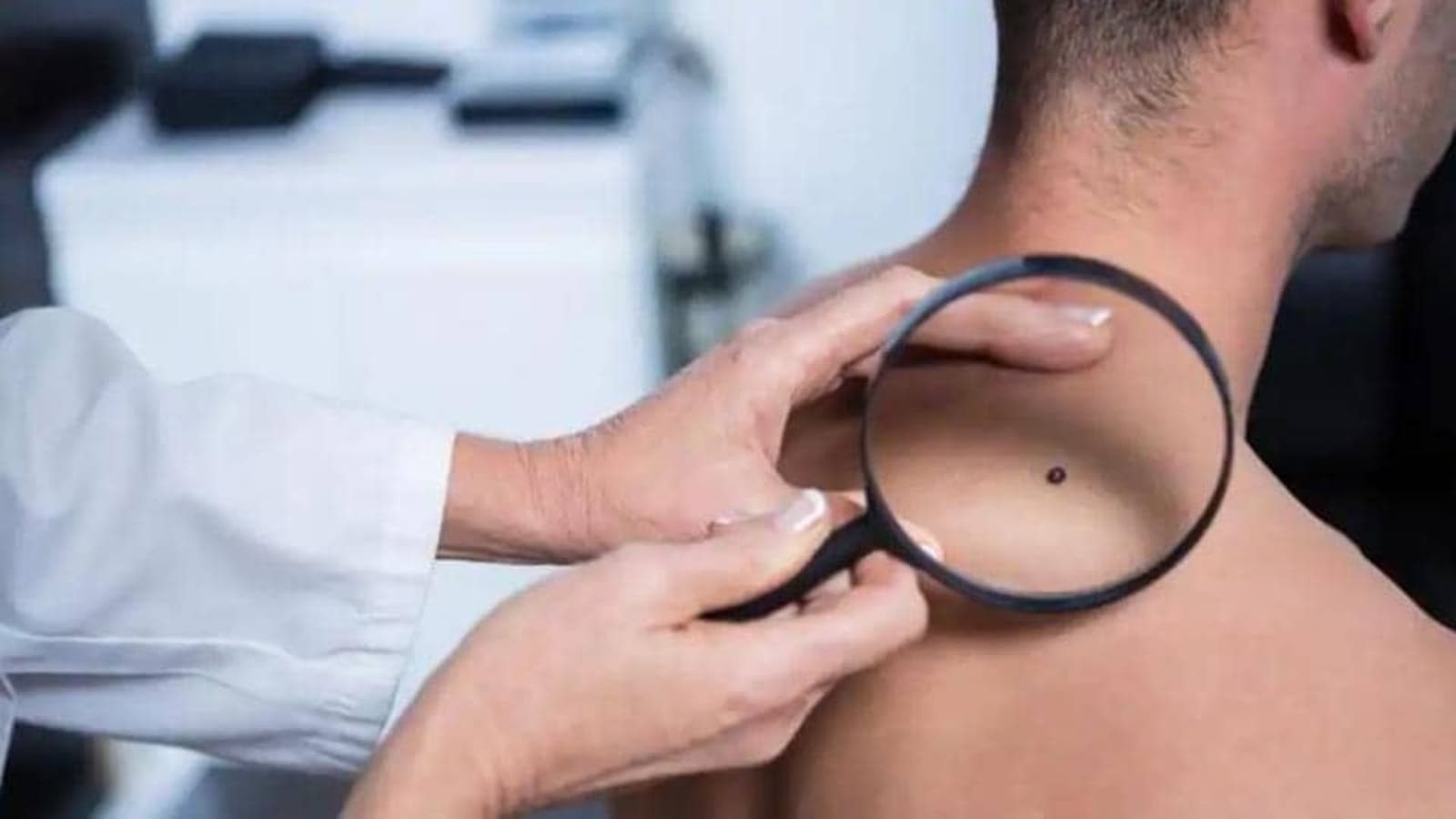A new study led by Yale University has identified a set of plasma biomarkers that could reasonably predict the risk of metastasis among patients with melanoma.
The study was published in the journal, ‘Clinical Cancer Research’.
“The rate at which melanoma is increasing is dramatic, and there is a huge number of patients under surveillance,” said Harriet Kluger, M.D., associate professor of medicine at Yale University School of Medicine, adding, “Our current method of surveillance includes periodic imaging, which creates huge societal costs.”
ALSO READ: Antibiotics might worsen melanoma by depleting the gut microbiome: Study
Melanoma is the fifth most common cancer in men and the seventh most common cancer in women. It is estimated that 68,130 people in the United States were diagnosed in 2010, and 8,700 died.
With proper screening, melanoma can often be caught early enough to be removed with surgery, and mortality typically comes when the cancer metastasizes. The risk of metastasis varies from less than 10 percent for those with stage 1A melanoma, to as high as 70 percent with stage 3C.
Patients with melanoma are typically subjected to a combination of imaging tests, blood tests and physical examinations, but there is no clear consensus on how often these tests should occur or how reliable they are.
Kluger and colleagues tested the plasma of 216 individuals, including 108 patients with metastatic melanoma and 108 patients with stage 1 or 2 disease. They identified seven plasma biomarkers: CEACAM, ICAM-1, osteopontin, MIA, GDF-15, TIMP-1 and S100B.
All of these biomarkers were higher in patients with metastatic melanoma than patients with early-stage disease. In fact, 76 percent of patients with early-stage disease had no elevations at all whereas 83 percent of metastatic patients had elevations of at least one marker. Researchers calculated that the area under the curve, a measure of the test’s reliability, was 0.898. Area under the curve calculations rate from .5 to 1, with 1 being optimal and .5 being useless.
“This finding will need to be confirmed prospectively before it is used in the clinic, but it shows that such testing is possible,” said Kluger.
This story has been published from a wire agency feed without modifications to the text.


